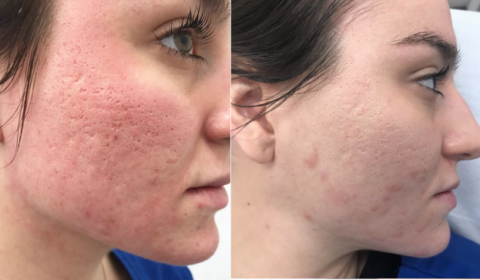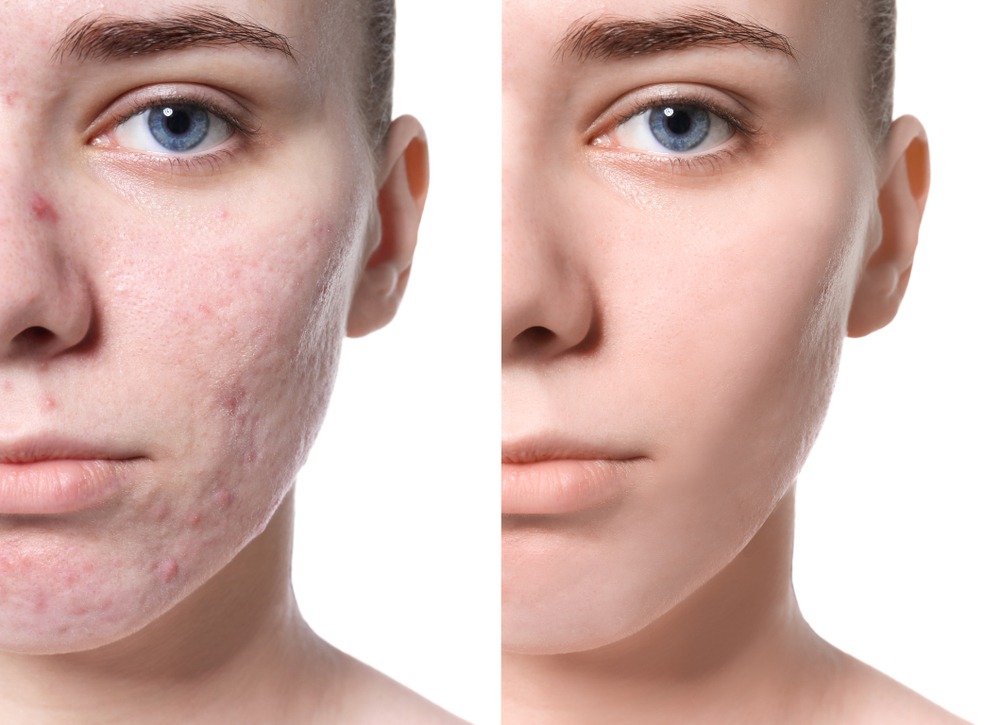Skin Rejuvenation Treatments: The Ultimate Overview to Revitalizing Your Skin
Skin Rejuvenation Treatments: The Ultimate Overview to Revitalizing Your Skin
Blog Article
Checking Out Skin Problems: Identifying and Dealing With Acne Scars for Healthier Skin
Acne scars stand for a considerable problem for individuals seeking to preserve healthy and balanced skin, as they can impact both look and self-confidence. Understanding the different sorts of marks, from atrophic to hypertrophic, is essential for establishing appropriate treatment choices. While expert interventions like chemical peels and microneedling can be efficient, the value of customized treatment strategies can not be overemphasized. Preventative actions play an essential function in reducing future scarring. As we explore these facets, one must consider just how the appropriate technique can lead to transformative results.
Understanding Acne Marks

The body's natural recovery procedure can cause either atrophic marks, which show up as anxieties in the skin, or hypertrophic scars, which are raised and arise from overproduction of collagen. In addition, the emotional toll of acne marks should not be undervalued; lots of people report sensations of humiliation, anxiety, and reduced self-worth. This psychological concern can affect social interactions and general top quality of life.
Attending to acne marks calls for a detailed understanding of their development and effect. Awareness of the capacity for long-term consequences related to without treatment scars can inspire people to seek proper treatments. Early treatment and reliable management techniques can dramatically improve skin appearance and improve mental resilience, emphasizing the significance of comprehending the intricacies surrounding acne marks.
Kinds Of Acne Marks
Acne marks can be categorized into distinct types, each showing unique qualities and needing particular treatment strategies. skin rejuvenation treatments. The key kinds of acne scars include atrophic, hypertrophic, and keloid marks

Hypertrophic scars, on the other hand, are elevated over the skin degree and are the result of too much collagen production throughout the healing process. They commonly continue to be within the limits of the original acne sore. Keloid marks are similar however prolong beyond the original injury site, forming larger, raised locations that can be unpleasant or itchy.
Comprehending these kinds of marks is crucial for choosing proper treatment alternatives. Different marks might respond better to specific treatments, such as laser treatments, fillers, or medical interventions, highlighting the relevance of a customized approach to acne scar administration.
Identifying Your Marks
Acne scars generally fall right into 2 classifications: hypertrophic and atrophic marks. These can better be identified into ice-pick scars, boxcar marks, and rolling scars, each showing distinct features and calling for different techniques for analysis.
Hypertrophic scars, on the other hand, are increased and happen because of excessive collagen manufacturing throughout the healing procedure. Identifying the details attributes of your marks-- such as width, deepness, and texture-- is crucial for correct identification (acne scars treatment). In addition, consider the circulation of marks throughout your skin, as this can suggest the intensity and duration of the acne condition
Engaging with a skin doctor can provide important insights right into the nature of your marks, helping in the distinction between different kinds. A detailed understanding of your scars will ultimately bring about an extra customized and efficient treatment strategy, guaranteeing a clearer and much healthier skin.
Treatment Choices Available
Recognizing the details sort of acne marks present on your skin lays the foundation for discovering efficient treatment options. Usual kinds of acne scars consist of atrophic (clinically depressed), hypertrophic (increased), and post-inflammatory erythema.
For atrophic scars, choices such as chemical peels, microneedling, and laser resurfacing are widely used. Chemical peels use acids to remove the outer layer of skin, promoting new cell development. Microneedling entails little needles that create micro-injuries, promoting collagen manufacturing. Laser resurfacing targets damaged skin cells, improving structure and tone.
Hypertrophic marks can be treated with corticosteroid injections to flatten the mark or laser treatment to lower inflammation and improve look. Silicone gel sheets and stress dressings may also assist in handling elevated scars.
Furthermore, dermal fillers can momentarily fill up in clinical depressions from atrophic scars, while medical excision might be appropriate for extreme situations. Each therapy choice has its benefits and factors to consider, making it important to seek advice from a dermatologist. They can provide personalized suggestions based on the type and seriousness of your scars, along with your skin type and total basics health and wellness.
Tips for Prevention
Efficient prevention methods can dramatically decrease the likelihood of developing acne marks. The very first step is to preserve a constant skin care routine that weblink consists of mild cleaning, peeling, and hydrating. Utilizing non-comedogenic items aids protect against blocked pores, which can exacerbate acne. Additionally, including topical treatments including salicylic acid or benzoyl peroxide can effectively reduce and take care of outbreaks inflammation.
Preventing the impulse to select or stand out acne sores is vital, as this can bring about much deeper skin damages and boost the risk of scarring. Rather, think about utilizing a chilly compress or over-the-counter treatments to decrease swelling and soreness.
Sun security is another crucial facet of avoidance; ultraviolet (UV) rays can dim scars and hinder the healing process. Applying a broad-spectrum sunscreen with at least SPF 30 daily can secure the skin and advertise even healing.
Finally, keeping a balanced diet rich in minerals, antioxidants, and vitamins supports skin health and recovery. Remaining moisturized and taking care of tension levels can likewise play a significant function in minimizing acne flare-ups. By applying these methods, people can dramatically minimize their opportunities of creating acne marks.
Final Thought
In final thought, understanding and recognizing acne scars is crucial for reliable therapy and achieving much healthier skin. Various kinds of acne scars, including hypertrophic and atrophic scars, necessitate particular interventions customized to individual requirements.
The body's natural recovery process can result in either atrophic marks, which show up as clinical depressions in the skin, or hypertrophic scars, which are increased and result from overproduction of collagen. They are further split right into three subtypes: ice pick scars, boxcar scars, and rolling scars. Acne scars Your Domain Name typically fall into two categories: hypertrophic and atrophic marks. These can further be classified right into ice-pick scars, boxcar scars, and rolling scars, each showing distinct features and requiring various approaches for analysis.
Numerous kinds of acne scars, consisting of hypertrophic and atrophic scars, require specific treatments tailored to specific needs.
Report this page